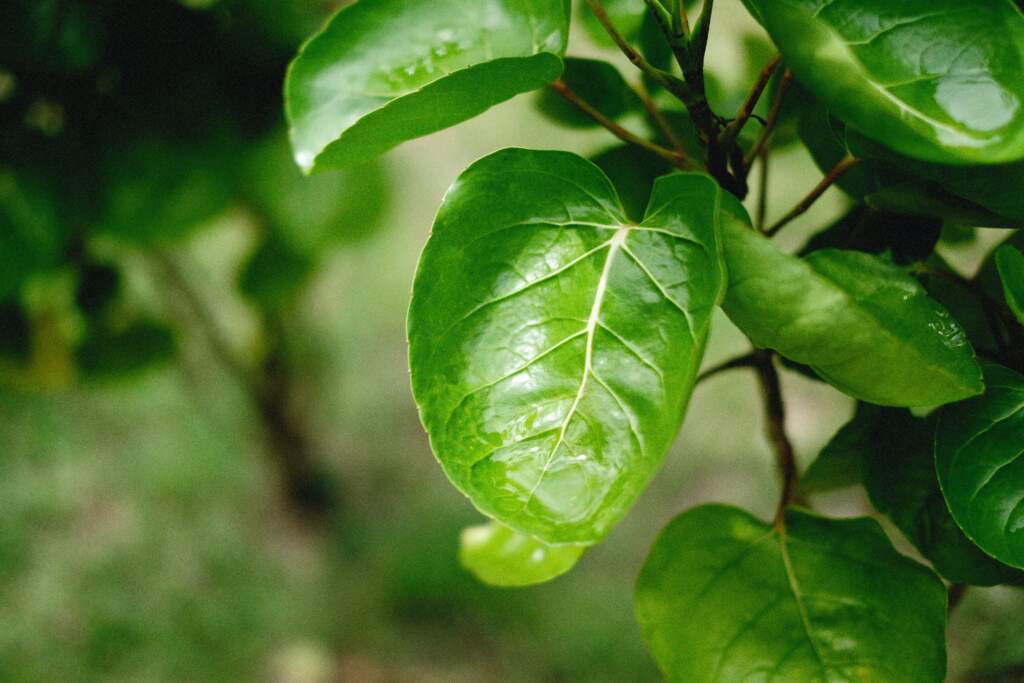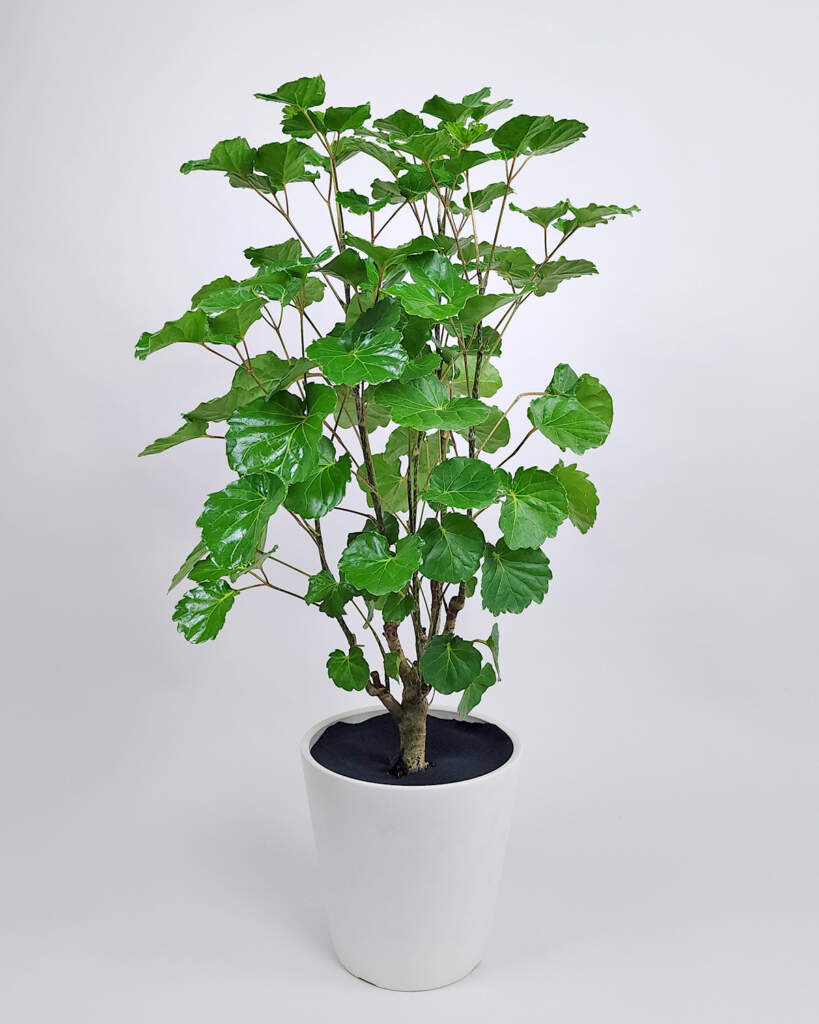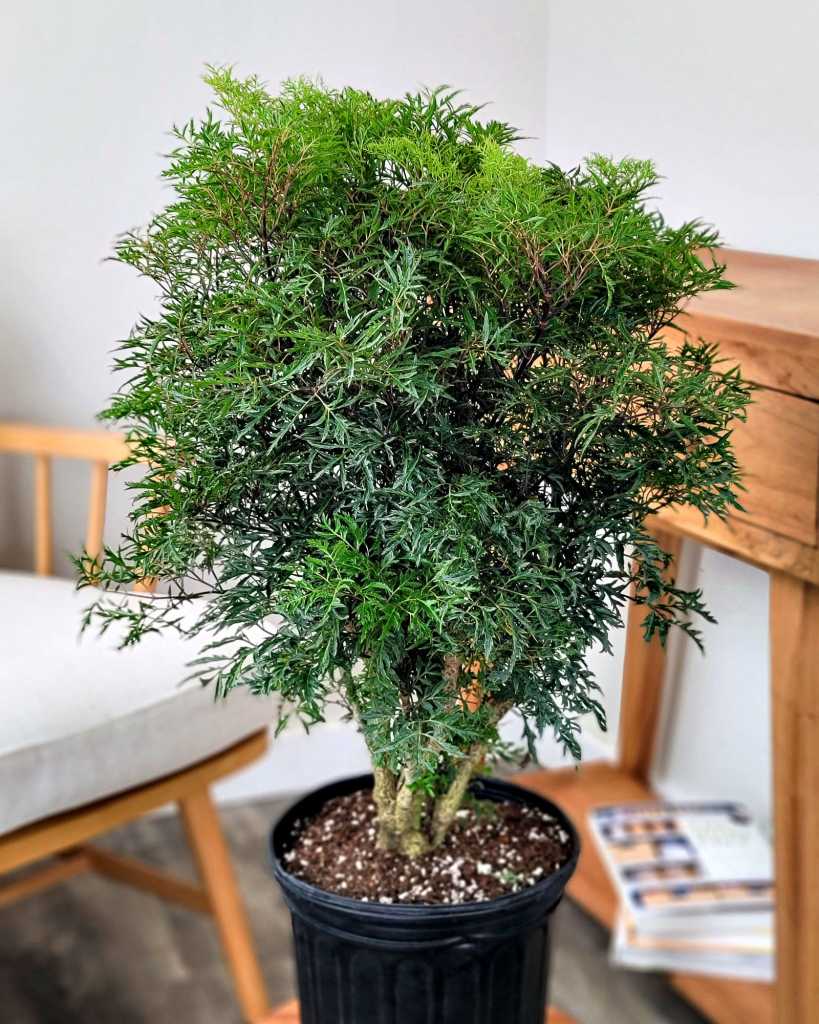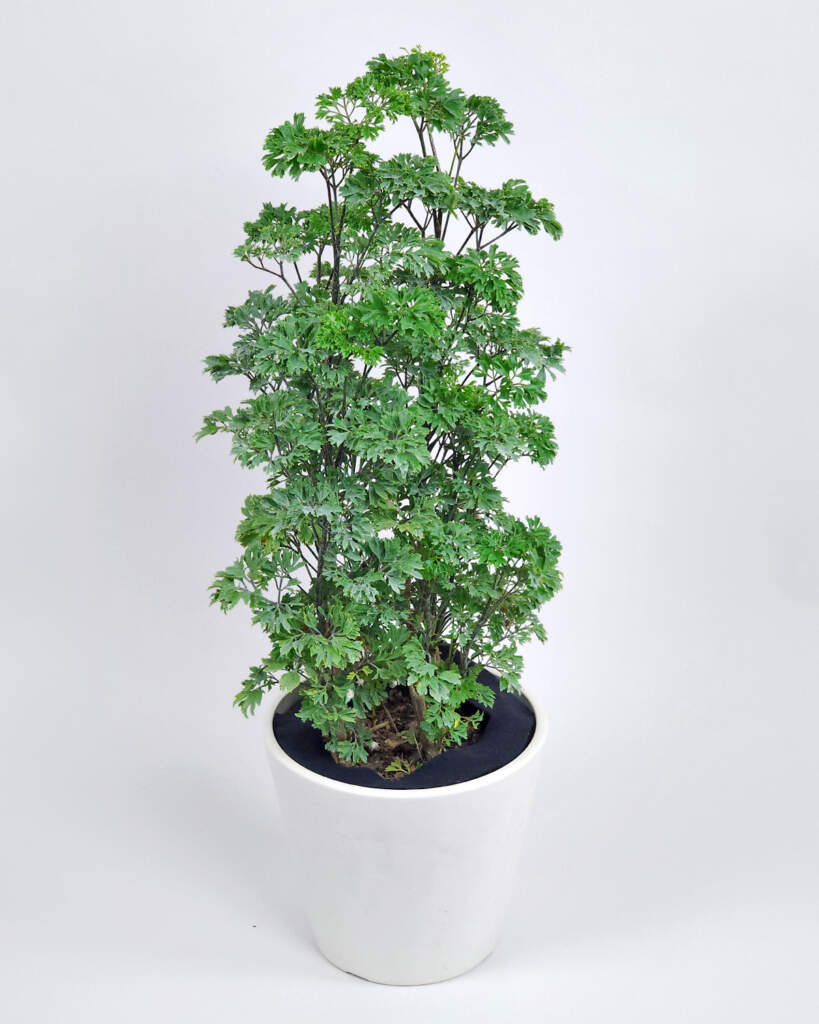
Aralia plants, belonging to the Araliaceae family, are renowned for their ornate foliage and architectural presence. These plants, originating from various regions across Asia and the Americas, offer a multitude of species and cultivars, each with unique characteristics. This guide delves into their origins, popular cultivars, and provides detailed care instructions to help you successfully cultivate these striking plants.
Origins and Diversity of the Aralia
Aralias, sometimes referred to as Spikenards, originate from a wide range of climatic conditions, from the cold mountains of Japan to the tropical regions of Central and South America. This diversity has led to a variety of species, each adapted to its native habitat. Popular species include the Polyscias scutellaria (Shield Aralia), Ming Aralia (Polyscias fruticosa), and the Fatsia japonica (Japanese Aralia), to name a few.
Ideal Growing Conditions
To thrive, aralias require specific conditions that mimic their natural habitat.
Light
Aralias prefer bright, indirect light. Direct sunlight can scorch their leaves, while too little light may cause leggy growth. A north-facing window is ideal for indoor plants.
Temperature and Humidity
Most aralia species enjoy a temperate climate, with temperatures ranging from 60-85°F (15-29°C). They also prefer high humidity, which can be achieved through regular misting, using a humidifier, or placing the plant on a pebble tray with water.
Watering
Watering requirements vary by species, but most aralias prefer consistently moist soil. Overwatering can lead to root rot, so it’s crucial to let the topsoil dry out slightly between waterings.
Soil
A well-draining potting mix is essential. You can create a suitable mix by combining regular potting soil with perlite or orchid bark to improve drainage.
Fertilization
Feed your aralia with a balanced, water-soluble fertilizer every month during the growing season. Reduce feeding in winter when the plant’s growth naturally slows.

Aralia ‘Balfour’
Scientific Name: Polyscias scutellaria ‘Balfourii’
Common Names: Balfour Aralia, Lemon Lime Aralia
Overview: Polyscias scutellaria ‘Balfourii’, commonly known as Balfour Aralia, is a striking houseplant that brings an air of sophistication and tropical beauty to any indoor space. This elegant variety is celebrated for its unique, variegated foliage, featuring deep green leaves with creamy white edges, providing a vivid contrast that catches the eye. Perfect for creating a focal point in a room, ‘Balfourii’ grows upright and can reach up to 4-6 feet in height, making it an excellent choice for adding vertical interest. Adaptable to a range of indoor conditions, it thrives in bright, indirect light and requires moderate watering, making it relatively easy to care for.
This item ships in a grower pot.
Care and Maintenance
Pruning
Pruning helps maintain the desired shape and size, especially for the bushier cultivars. Trim back leggy growth and remove any dead or yellowing leaves.
Pest and Disease Control
Aralias are susceptible to pests like spider mites, mealybugs, and aphids. Regular inspections and prompt treatment with insecticidal soap or neem oil are crucial. Good air circulation helps prevent fungal diseases.
PlantVine Recommends: BioAdvanced 3-In-1
Repotting
Repot your aralia every 2-3 years or when it becomes root-bound. Choose a pot only slightly larger than the previous one to avoid excessive soil moisture.
Special Considerations
Propagation
Aralias can be propagated from stem cuttings or seeds. For stem cuttings, use a rooting hormone and provide consistent humidity and warmth for best results.
Winter Care
In colder climates, bring outdoor aralias indoors or provide adequate protection. Reduce watering and stop fertilizing during this dormant period.
Variegated Varieties
Variegated aralias need more light than their green counterparts to maintain their unique coloration.

Ming Aralia
Scientific Name: Polyscias fruticosa
Common Names: Ming Aralia, Polynesian Aralia
Overview: The Ming Aralia (Polyscias fruticosa) is an exquisite and graceful houseplant, cherished for its finely divided, feathery foliage. This elegant plant showcases layers of rich green leaves, creating a lush, dense canopy atop slender, woody stems. Its unique, oriental look adds a sophisticated, natural beauty to any indoor environment. Typically reaching a height of 6-8 feet when grown indoors, it can be easily pruned to maintain a smaller, more compact shape, suiting various spaces from office corners to cozy living rooms. Ming Aralia thrives in bright, indirect light and prefers a consistently moist soil environment, without being waterlogged. Regular misting helps to maintain the humidity levels it loves. It’s a great choice for plant enthusiasts looking for a slightly challenging yet rewarding plant.
Species-Specific Tips
Polyscias scutellaria (Shield Aralia)
Prefers warmer temperatures and higher humidity. Its delicate leaves are prone to browning if conditions are not optimal.
Ming Aralia (Polyscias fruticosa)
Requires regular pruning to maintain its dense, bushy shape. It’s more tolerant of lower light conditions than other varieties.
Fatsia japonica (Japanese Aralia)
Being more cold-tolerant, it’s well-suited for outdoor gardens in temperate regions. It prefers shadier conditions and can tolerate lower humidity levels.

Parsley Aralia
Scientific Name: Polyscias fruticosa ‘Elegans’
Common Names: Parsley Aralia
Overview: Add a touch of tropical sophistication to your home or garden with the Polyscias fruticosa ‘Elegans’. This distinctive plant, commonly known as the Parsley Aralia, boasts finely divided, lacy leaves, dappled in shades of green and white. As it matures, its woody stems exude an old-world charm, reminiscent of antique aesthetics. Perfect for both indoor and outdoor settings, it thrives in partial shade and requires minimal care, making it suitable even for novice gardeners.
- This item ships in a grower pot.
Common Issues and Solutions
- Yellowing Leaves: Often a sign of overwatering. Ensure proper drainage and let the soil dry slightly between watering.
- Drooping Leaves: Can indicate either overwatering or underwatering. Check the soil moisture to determine the cause.
- Brown Leaf Tips: Usually a sign of low humidity or over-fertilization. Increase humidity and reduce fertilizer use.
- Leggy Growth: Lack of light is the typical cause. Move your plant to a brighter location.
Conclusion
Caring for an aralia plant requires an understanding of its specific needs, which vary among different species and cultivars. By providing the right balance of light, water, temperature, and humidity, you can ensure the healthy growth of these magnificent plants. Regular maintenance, including pruning and pest control, will keep your aralias looking their best. Whether you choose a stately Fatsia japonica for your outdoor garden or a delicate Ming Aralia for your living room, these plants will add an exotic and elegant touch to any space. Remember, the key to successful aralia care lies in mimicking its natural environment as closely as possible and being attentive to its unique requirements.


